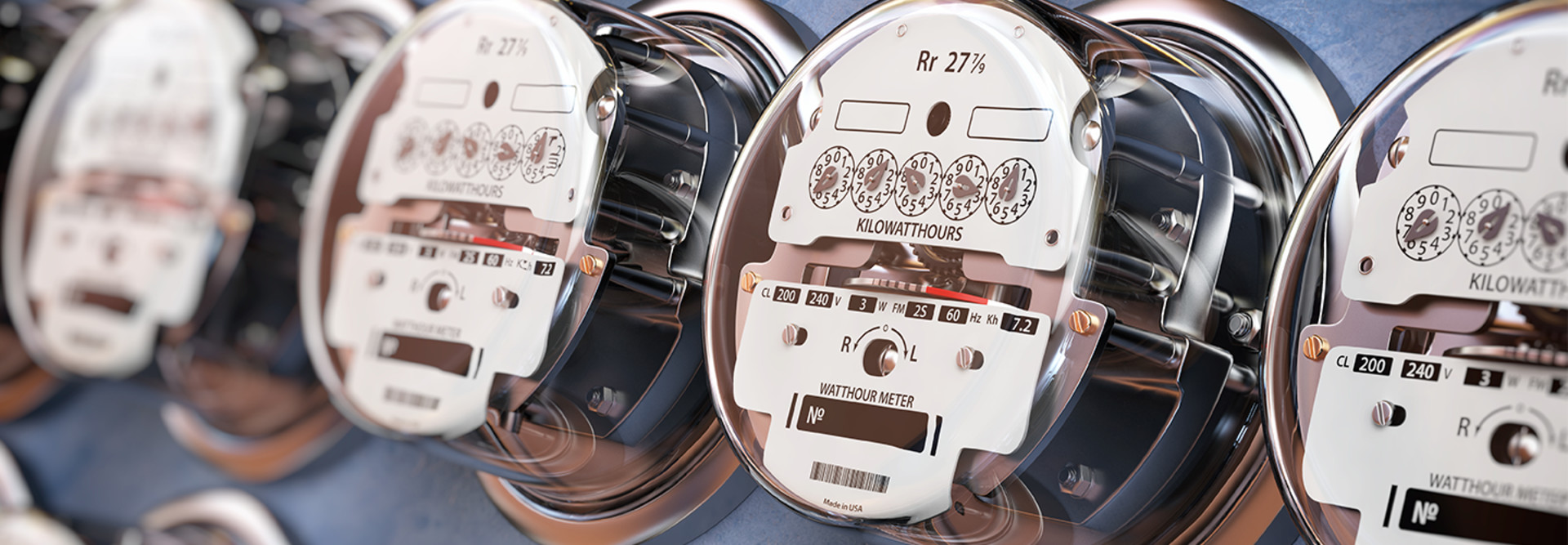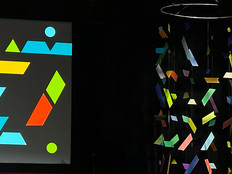What Causes Power Outages on Higher Education Campuses?
The IT network is the backbone of the modern learning environment, and when power is interrupted, nobody earns a passing grade.
The estimated 22.2 million higher education students served by 4,298 colleges and universities throughout the country depend on technology to be accessible anytime, anywhere — and always on.
However, a rising number of power threats in higher education present an ongoing challenge to campuses on this front.
Over the past decade, Eaton’s blackout tracker has logged more than 32,000 separate power outages, many of which impacted education institutions and research labs. In 2017, Eaton registered 3,526 outages nationwide — affecting 36.7 million people for a collective 197 days.
It is important for education institutions to understand the primary causes of power outages and the importance of having a reliable backup system in place.
Natural Disasters, Outdated Tech and Power Surges Fuel Outages
Some of the main culprits behind campus blackouts are natural disasters. Hurricanes, thunderstorms and heat waves can cause serious power outages and complications for universities that are not prepared.
Alarmingly, the scale of these events continues to intensify. The 2017 hurricane season, for example, produced off-the-charts damages. Looking ahead, meteorologists predict climate change will not only fuel more powerful storms, but spark intensified hot and cold spells, increased droughts and more extreme flooding.
Aging infrastructure, combined with an increasingly overtaxed power grid, is another common source of power failure.
In 2018, one U.S. institution experienced an unexpected campuswide blackout, shutting down buildings and causing classes to be cancelled.
The failure was attributed to old switchgear — a combination of switches, fuses and circuit breakers — failing. While power was returned to most buildings in 15 minutes, some buildings remained without power for the rest of the day and full power was not restored to the campus for several days.
Power surges and voltage distortion are the third source of power failures. When high-powered electrical devices are switched on and off or operate in cycles, they can generate internal surges and power distortions that degrade electrical equipment.
These devices include elevators, air conditioners, refrigerators, pumps, compressors and motors. These distortions often result in premature failure that can cause downtime. In other instances, those power-hungry devices are rendered useless or permanently damaged because of an outage.
Regardless of what triggers a power outage, the effects of downtime can be devastating. Not only is it extremely expensive, but the consequences can range from disrupting a day of classes to losing valuable research data to impacting students’ physical safety.
MORE FROM EDTECH: See how university IT renovations spark better service and collaboration.
Universities Can Prepare for Disasters
Uninterruptible power supply, often deployed in conjunction with a backup generator and monitored power distribution units, can deliver reliable power during outages and keep critical IT functions running.
These systems can help education facilities avoid both data loss and hardware damage, providing availability for networks and other applications in the case of a power event.
To optimize the continuity of their power infrastructures, universities should consider a robust system that merges hardware solutions with new power management software tools and onsite technical support.









